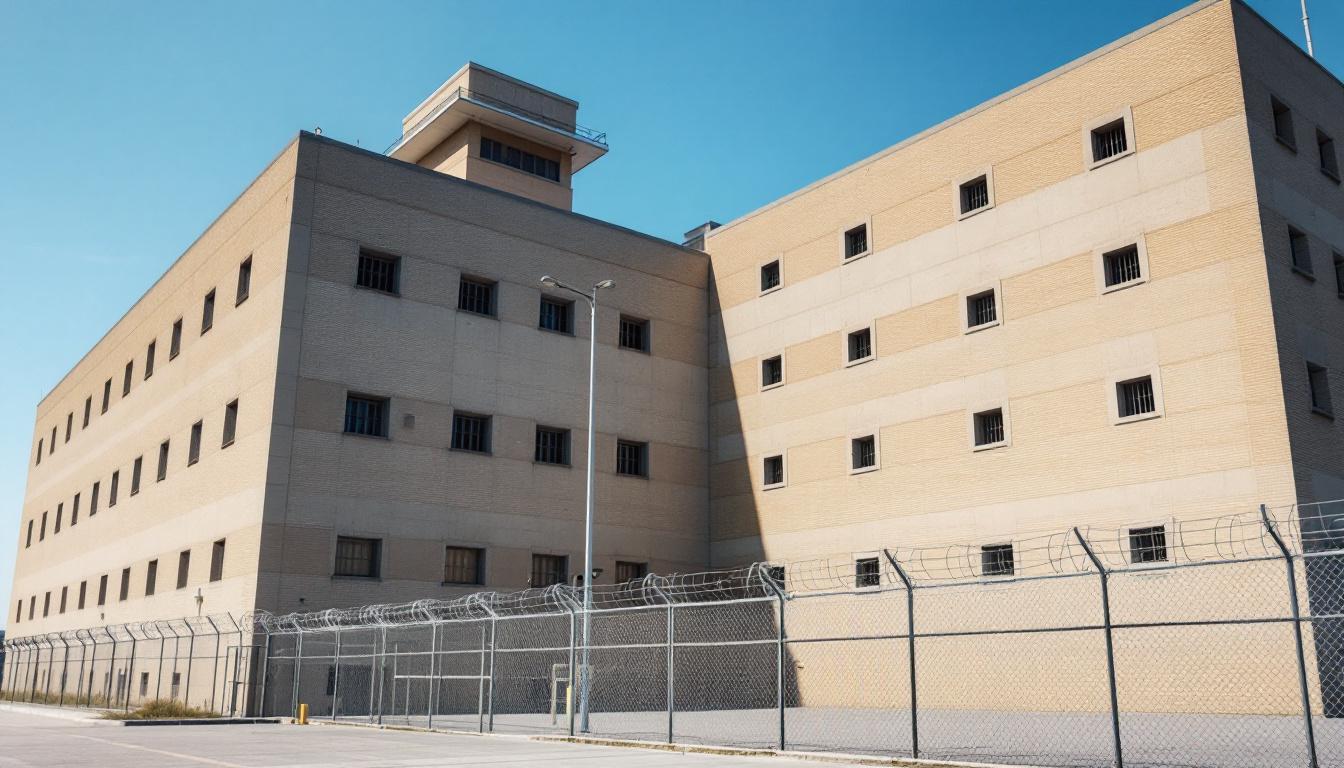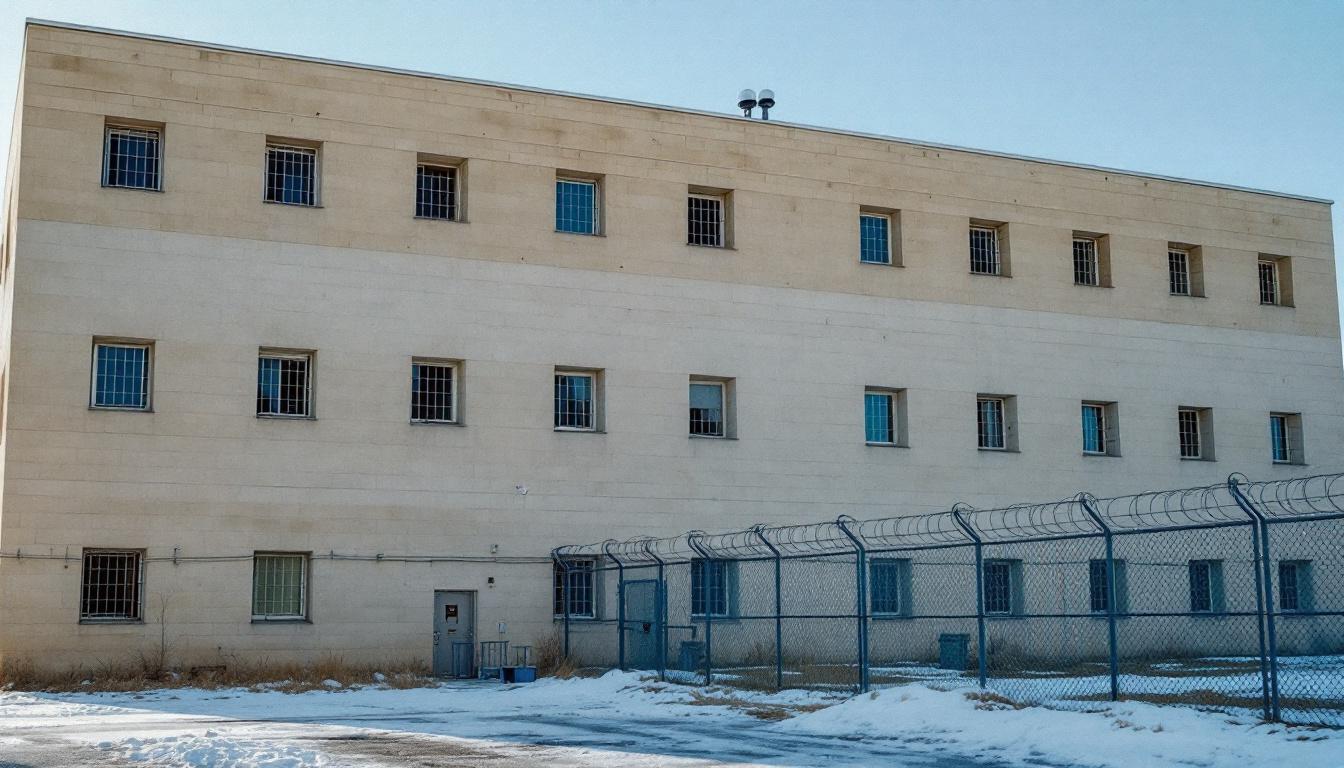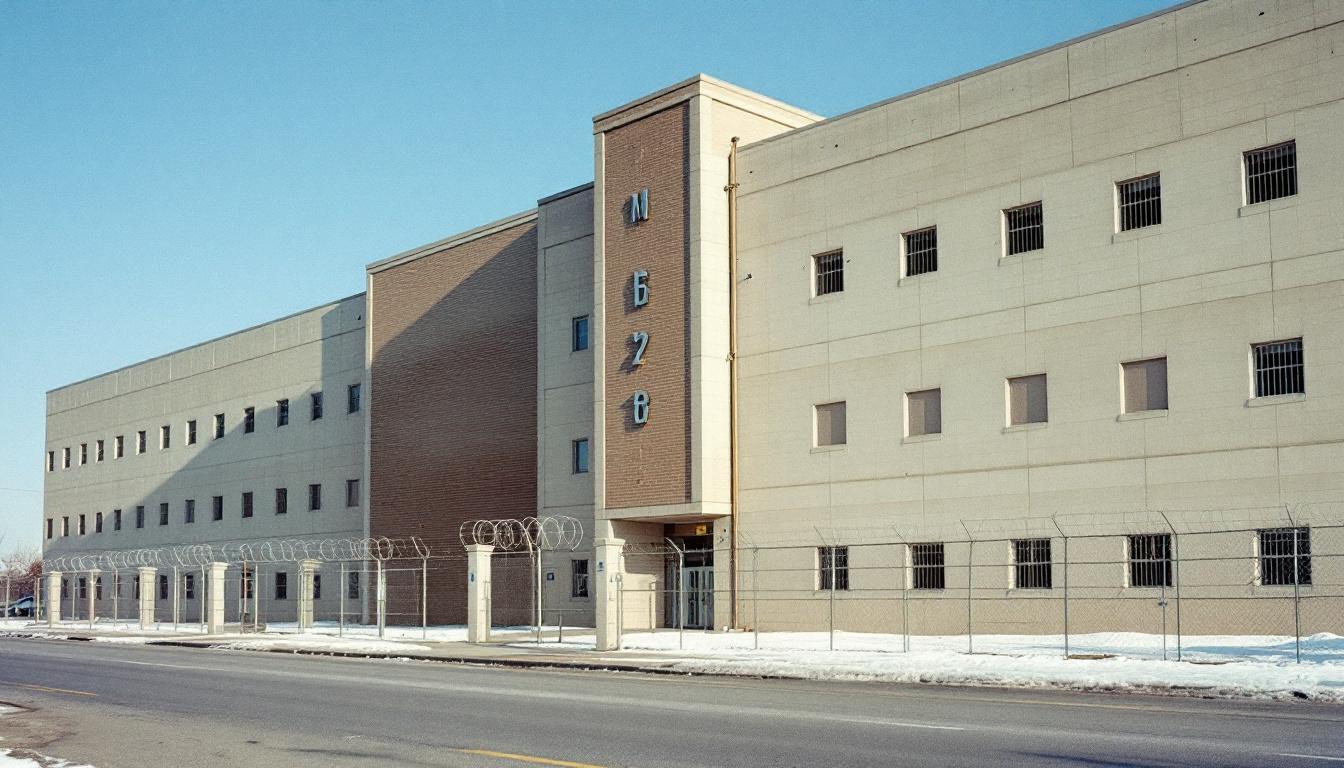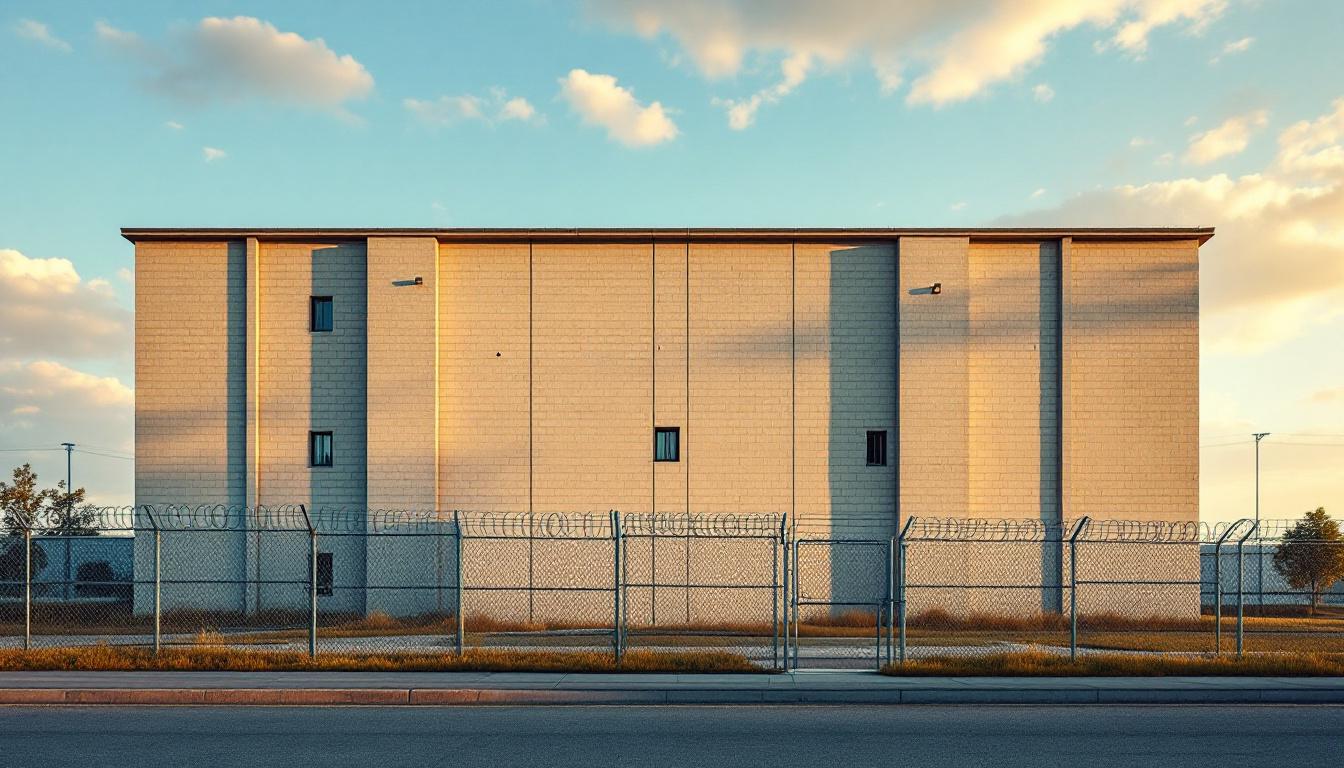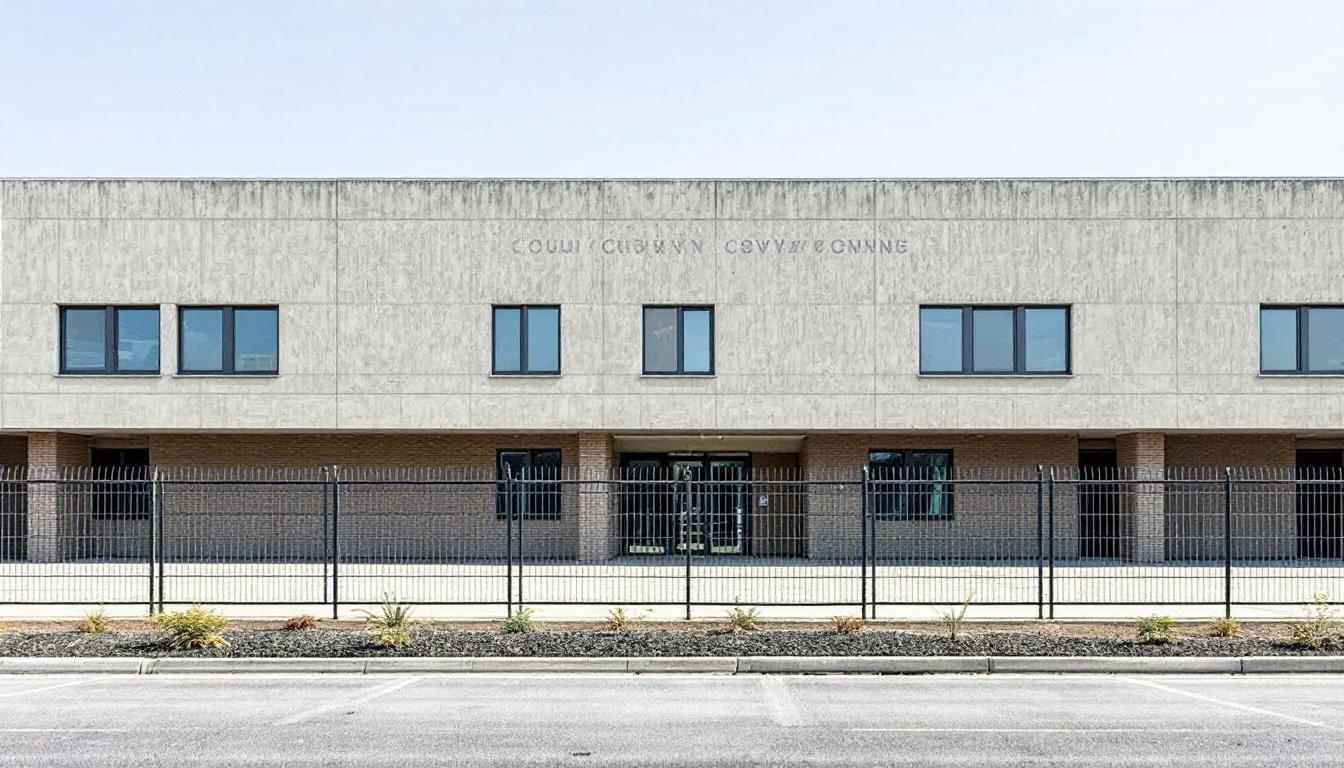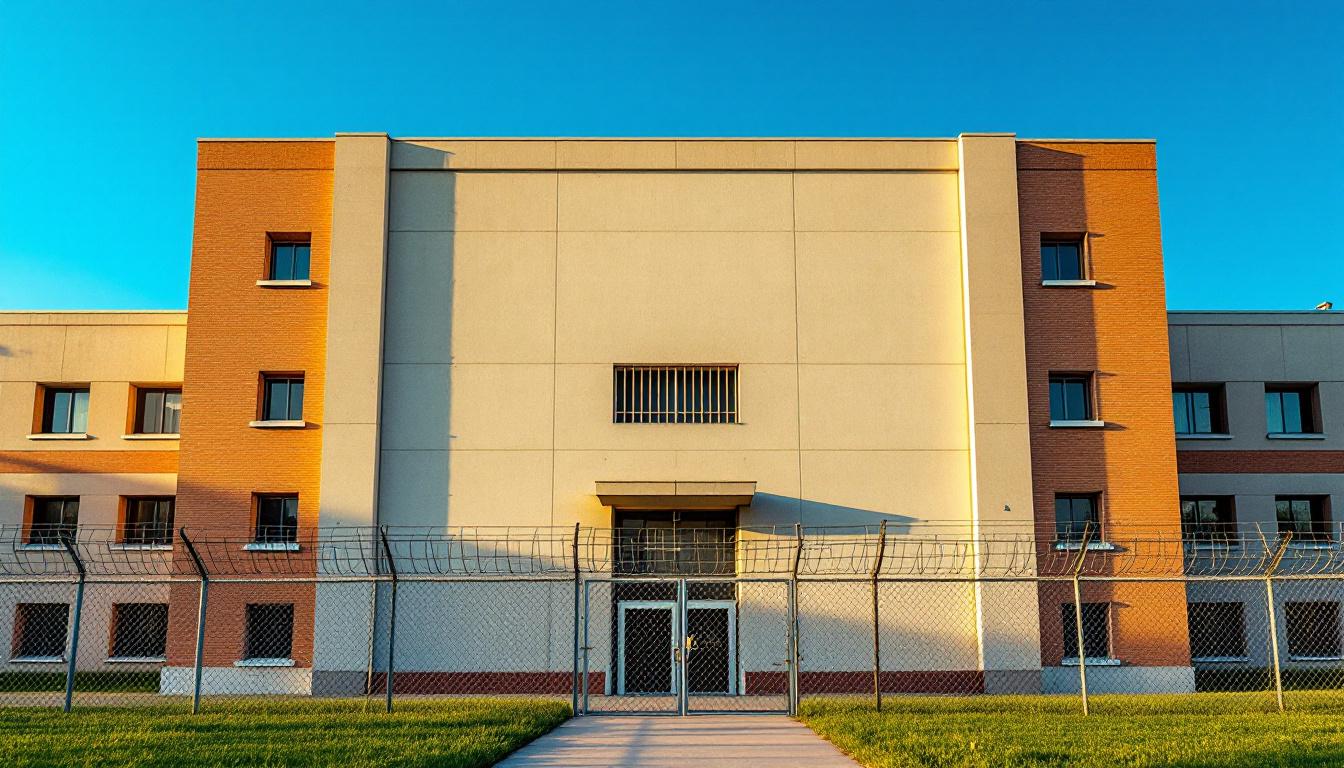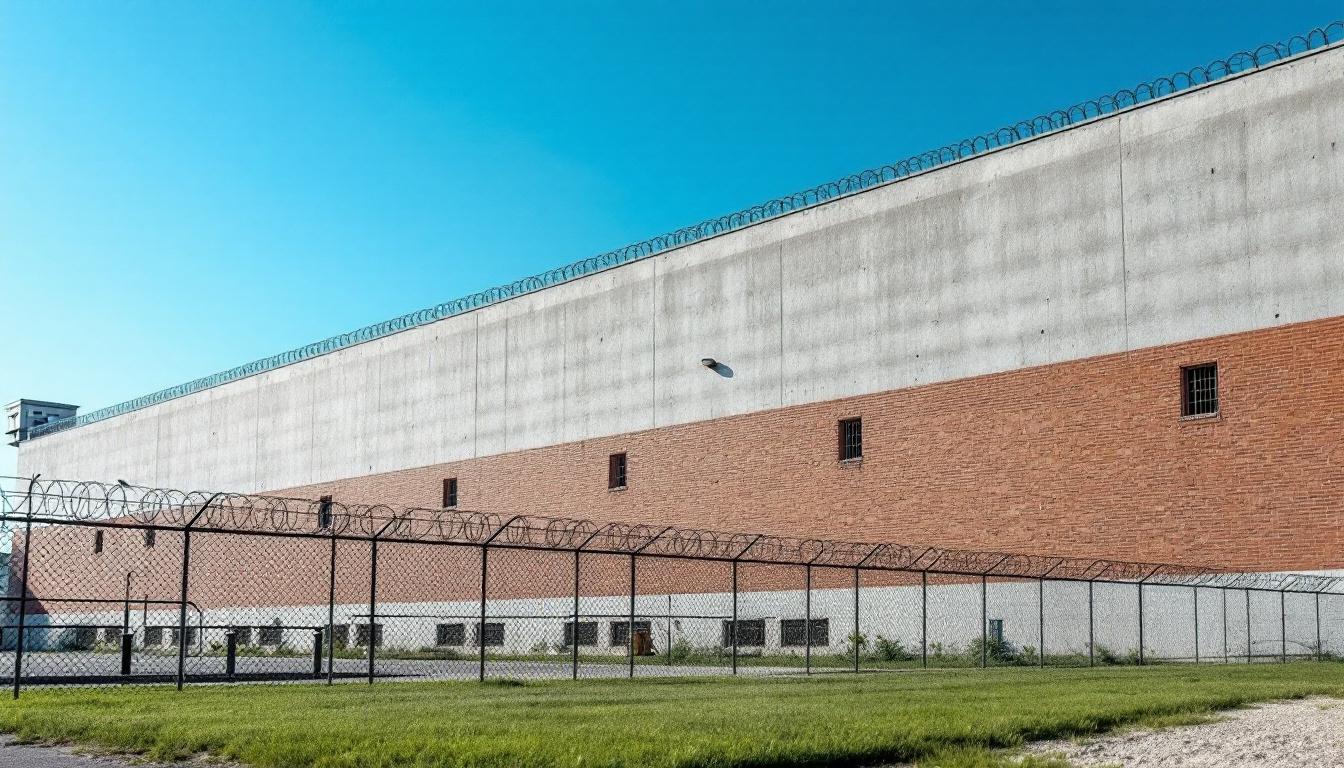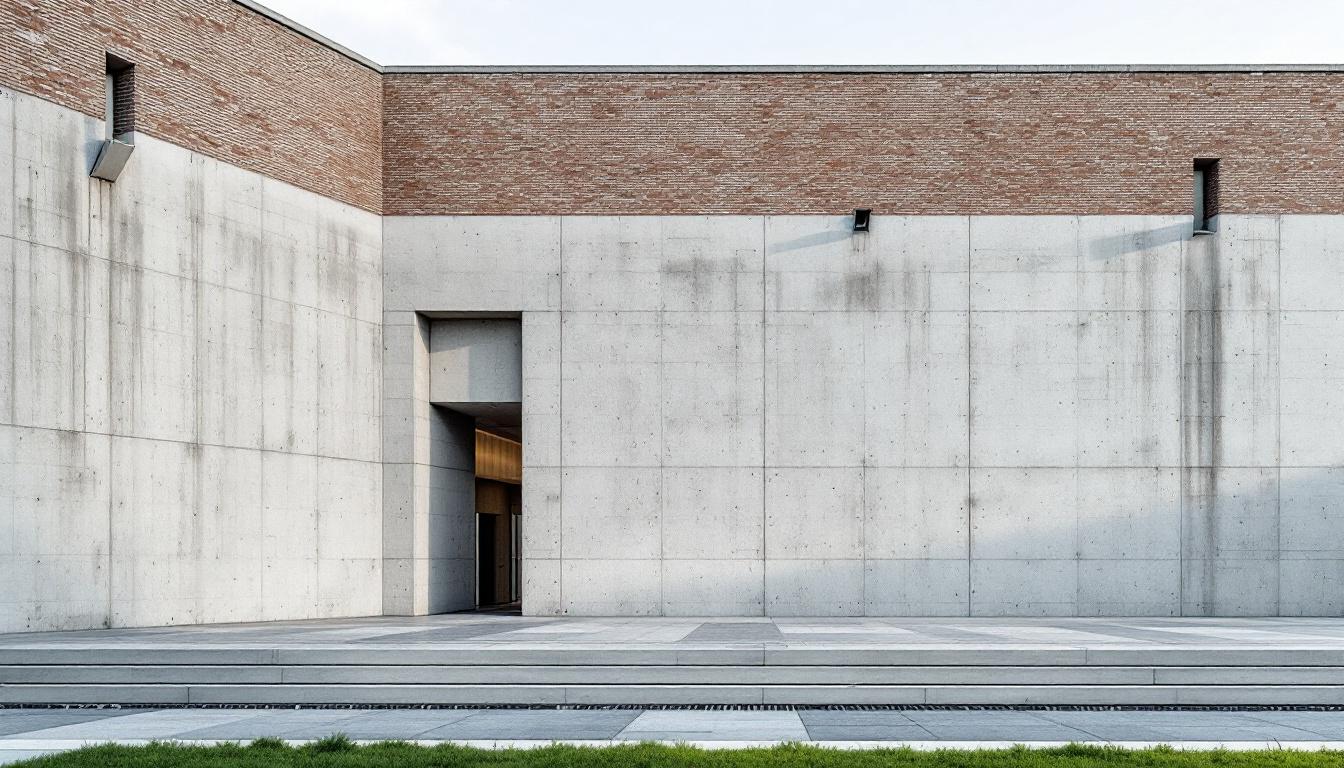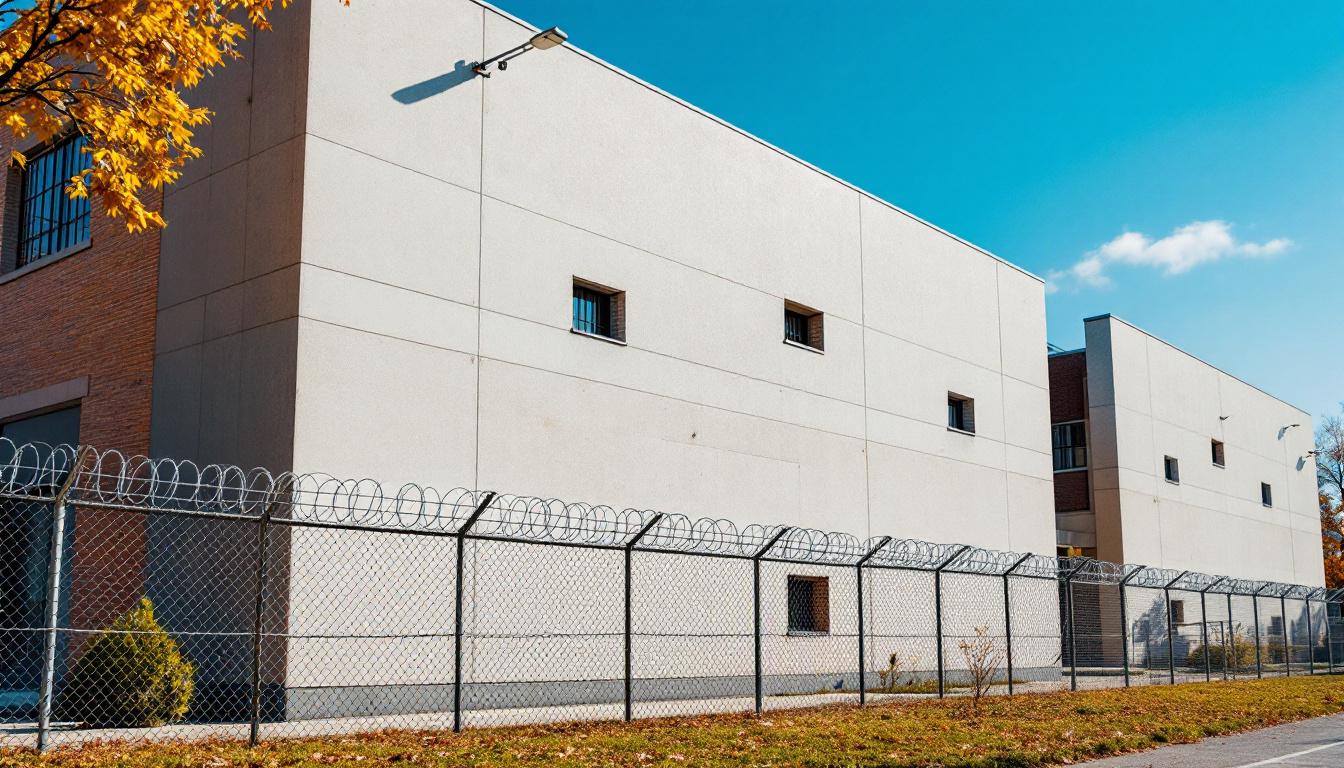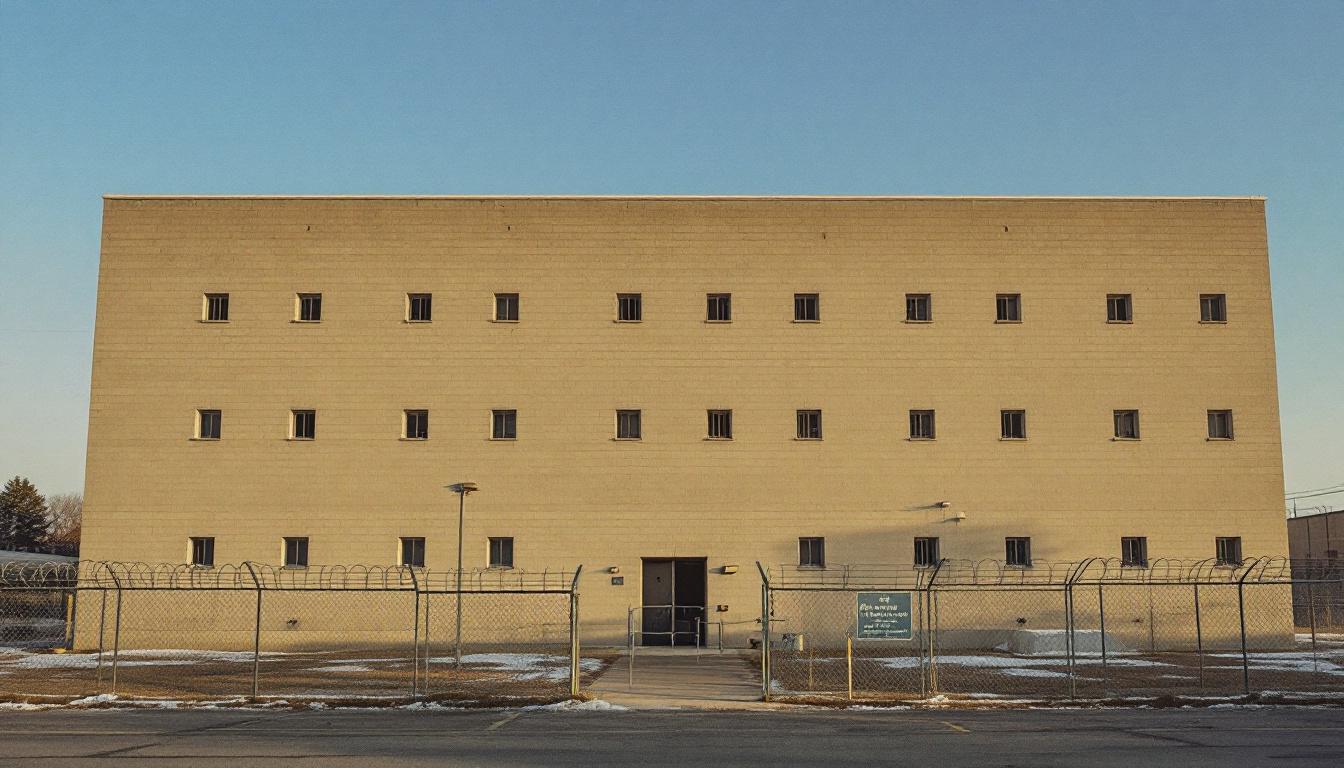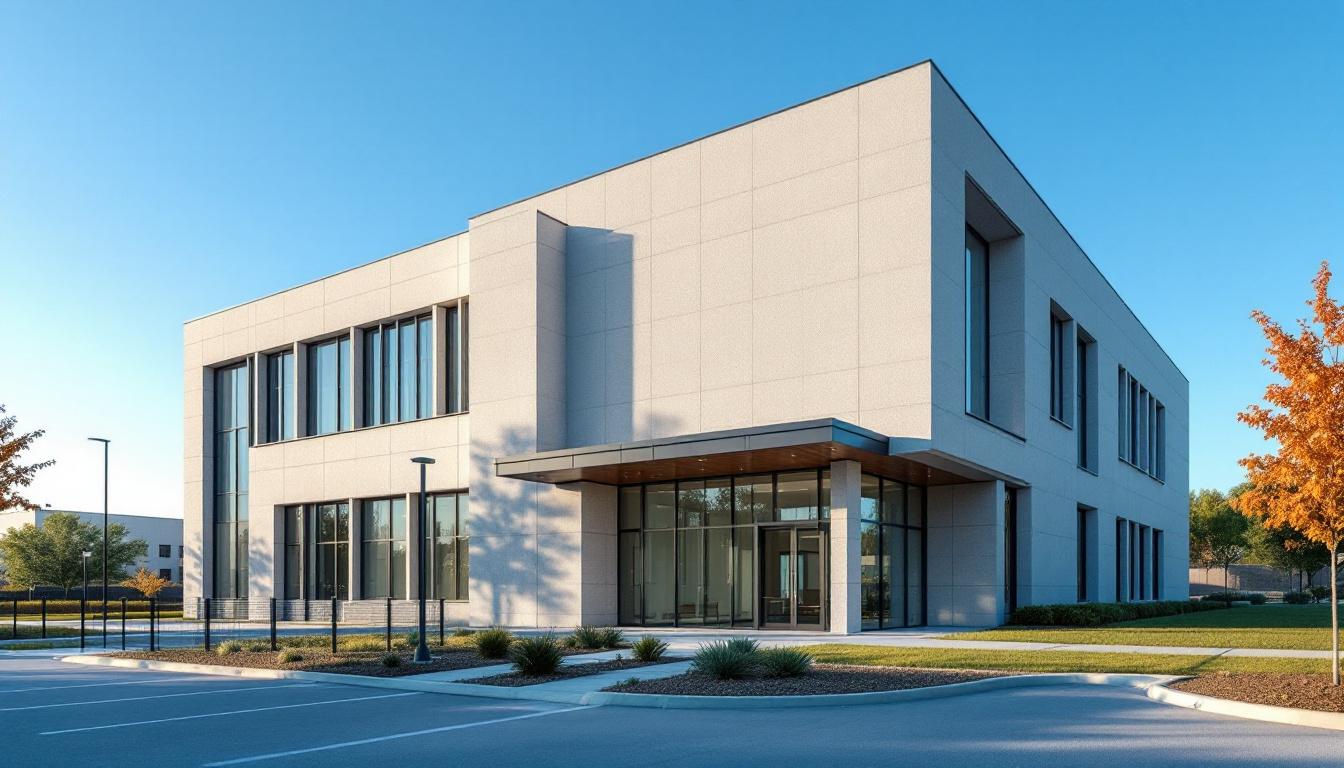
Quick Navigation
How to contact an inmate at Broward Sheriff's Office - Main Jail Bureau
This comprehensive guide will walk you through how to connect with an inmate at Broward Sheriff's Office - Main Jail Bureau. Follow the steps below to find an inmate and send letters and photos:
- Search for the inmate using our search tool below
- Create your account or log in to Penmate
- Write your message (up to 6,000 characters)
- Send instantly - inmates receive printed copies daily
Find an Inmate
Search for an inmate to start communicating today
Tip: You can search by first name, last name, or inmate ID number
To contact a person at Broward Sheriff's Office - Main Jail Bureau start by searching for the person on the official facility website. Perform a search by following these steps:
- Step 1: Enter their first name and last name into the search form and click "Search"
- Step 2: Locate their inmate record
- Step 3: Write down their Inmate ID and any housing information provided
Important! Be sure to enter the person's full name. Nicknames should not be used.
How to Send Messages to Inmates

You can use your phone or computer to send emails, letters, and photos to an inmate. Messages are sent electronically to inmate tablets or kiosks at the facility. If you would like to send a message, start by searching for an inmate at Broward Sheriff's Office - Main Jail Bureau.
Sending Photos and Postcards

A great way to send love and support to a loved one at Broward Sheriff's Office - Main Jail Bureau is to send photos and postcards. It only takes a few minutes to send photos from your phone and it makes a huge difference. You can also mail postcards with words of support and inspiration, or design your own postcard for special moments like birthdays and holidays.
Important! Be sure not to send any explicit photos or they may not be approved by the facility. You can also use a photo printing app like Penmate to make sure your photos are printed at the correct size (4x6 or 3x5) and are mailed according to the rules and regulations of Broward Sheriff's Office - Main Jail Bureau.
Frequently asked questions about Broward Sheriff's Office - Main Jail Bureau
-
How long does it take to deliver a message?
If you're sending an email message your letter is usually delivered within 24-48 hours. For messages sent via mail you should expect delivery within 3-7 days. All messages will need be approved by Broward Sheriff's Office - Main Jail Bureau.
-
How much does it cost to send a message to Broward Sheriff's Office - Main Jail Bureau?
You can send a message free using your phone or mail a message via USPS for the price of a $0.60 stamp and envelope. You can also purchase credits or e-stamps from services starting at $1.99.
-
What services can I use to contact an inmate at Broward Sheriff's Office - Main Jail Bureau?
Penmate
You can use Penmate to send letters and photos to an inmate from your phone. It's an easy way to stay in touch during your loved one's incarceration. Use the inmate locator to find an inmate's location and contact information, then you can send messages within a few minutes.
Securus messaging
Securus may be another option for communicating with an inmate at Broward Sheriff's Office - Main Jail Bureau. You can create a friends and family account and purchase credits to send messages. All messages will be reviewed and must be approved by the facility.
JPay
Some county jails and state prisons may support sending messages with JPay. You must register an account with the system, find your loved one, and purchase stamps to send messages. For some locations you can also attach photos.
Smart Jail Mail
You may also check if Smart Jail Mail is available at Broward Sheriff's Office - Main Jail Bureau. Smart Jail Mail is operated by Smart Communications and has contracted with some state and county jails. After purchasing credits, your messages and photos are sent to the facility, printed out, and then handed out to your loved one.
-
What is the mailing address of Broward Sheriff's Office - Main Jail Bureau?
Mailing address:
Broward Sheriff's Office - Main Jail Bureau
555 SE 1st Ave
Fort Lauderdale, FL 33301
Phone: (954) 831-5900 -
What are the visiting hours at Broward Sheriff's Office - Main Jail Bureau?
Visiting hours at Broward Sheriff's Office - Main Jail Bureau vary by housing unit and security level. Generally, visits are scheduled on weekends and holidays, with some facilities offering weekday visits. Contact the facility directly at (954) 831-5900 or check their website for the current visiting schedule. Visits typically last 30-60 minutes and must be scheduled in advance.
-
What items are prohibited when sending mail to Broward Sheriff's Office - Main Jail Bureau?
Prohibited items typically include: cash, personal checks, stamps, stickers, glitter, glue, tape, staples, paperclips, polaroid photos, musical or blank greeting cards, hardcover books, magazines with staples, and any items containing metal or electronics. Only send letters on plain white paper with blue or black ink. Photos must be printed on regular photo paper (no Polaroids). Always check with Broward Sheriff's Office - Main Jail Bureau for their specific mail policies.
-
How do I send money to an inmate at Broward Sheriff's Office - Main Jail Bureau?
You can send money to an inmate at Broward Sheriff's Office - Main Jail Bureau through several methods: 1) Online using JPay, Access Corrections, or the facility's approved vendor, 2) Money orders mailed directly to the facility with the inmate's name and ID number, 3) Kiosks located in the facility lobby, or 4) Over the phone using a credit or debit card. Fees vary by method, typically ranging from $2.95 to $11.95 per transaction.
-
Can I schedule a video visit with an inmate at Broward Sheriff's Office - Main Jail Bureau?
Many facilities now offer video visitation as an alternative to in-person visits. At Broward Sheriff's Office - Main Jail Bureau, video visits may be available through services like Penmate, Securus Video Connect, GTL, or ICSolutions. Video visits typically cost $10-20 for 20-30 minutes and must be scheduled in advance. You'll need a computer or smartphone with a camera and reliable internet connection. Contact the facility for their specific video visitation policies and approved vendors.
-
What identification do I need to visit an inmate at Broward Sheriff's Office - Main Jail Bureau?
All visitors must present valid government-issued photo identification such as a driver's license, state ID, passport, or military ID. Minors must be accompanied by a parent or legal guardian who can provide the minor's birth certificate. Some facilities require visitors to be on the inmate's approved visitation list, which may require a background check. Contact Broward Sheriff's Office - Main Jail Bureau for specific ID requirements and visitor approval procedures.
-
How can I find out an inmate's release date?
To find an inmate's release date at Broward Sheriff's Office - Main Jail Bureau, you can: 1) Use the online inmate search tool if available, 2) Call the facility's records department, 3) Contact the inmate's case manager or counselor, or 4) Have the inmate provide this information during a call or visit. For privacy reasons, some facilities only release this information to immediate family members.
Facility Overview
Contact Information
Broward Sheriff's Office - Main Jail Bureau555 SE 1st Ave
Fort Lauderdale, FL 33301
Phone: (954) 831-5900
Official Website
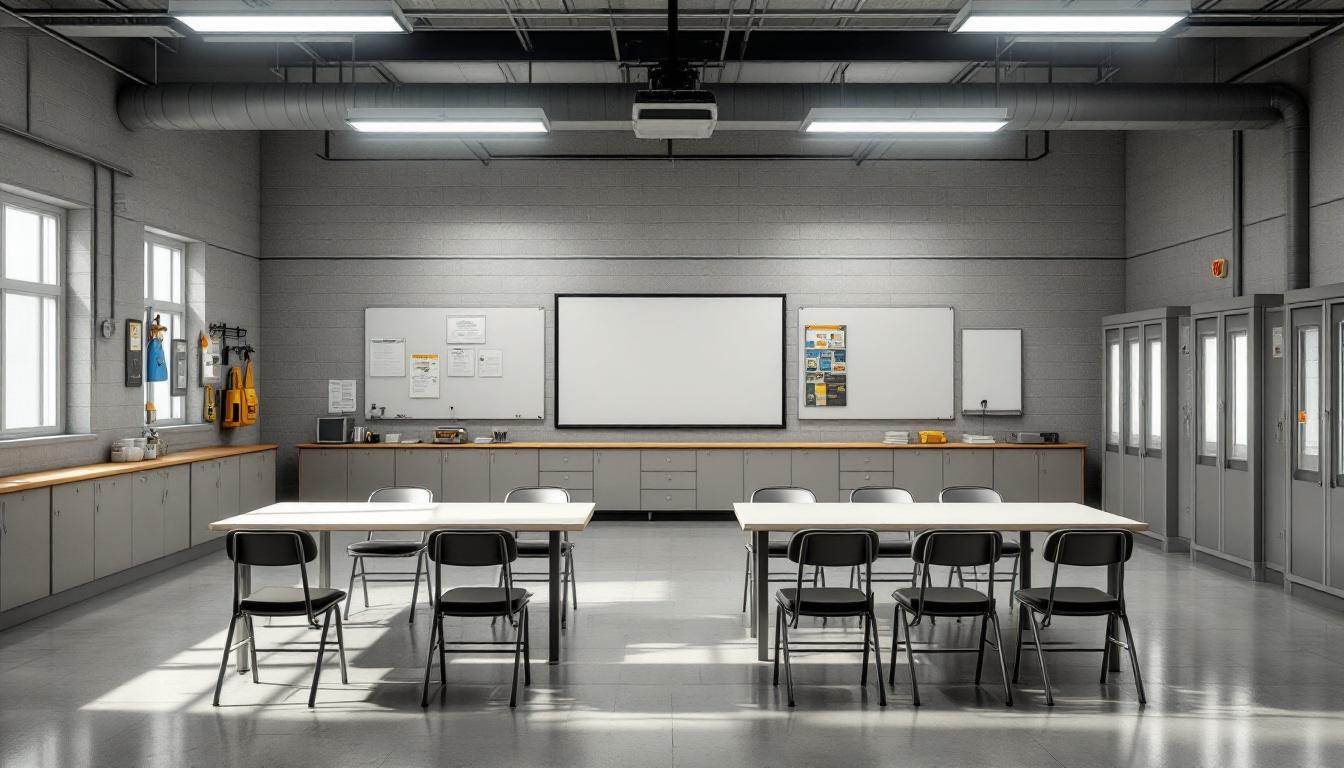
About Broward Sheriff's Office - Main Jail Bureau
Supporting community safety while fostering pathways toward rehabilitation serves as the foundational mission guiding operations at Broward County Main Jail, FL, positioned within Batavia's correctional infrastructure in southwestern Ohio. This OH correctional facility functions as an integral component of the regional justice system, working alongside neighboring institutions to address the diverse needs of those facing legal proceedings and serving sentences throughout the area.
The facility typically maintains focus on providing essential services that address both immediate security requirements and longer-term reintegration goals for those incarcerated services participants. Programming efforts generally encompass educational opportunities, substance abuse counseling, and job readiness training designed to support successful community reentry. Mental health support and medical care often form cornerstone elements of daily operations, recognizing that addressing underlying challenges contributes significantly to reducing recidivism patterns. The county jail structure allows for close coordination with local courts, legal representatives, and community organizations throughout the greater Batavia region.
Within Ohio's broader correctional network, this facility serves communities across multiple counties while maintaining connections to state-level rehabilitation initiatives and regional resource sharing agreements. Staff members typically work to balance security protocols with programming accessibility, understanding that successful outcomes depend on creating environments where personal growth remains possible even within restrictive settings. The institution's position within the midwest region enables collaboration with similar facilities facing comparable challenges related to rural population dynamics, transportation logistics, and resource allocation strategies common throughout Ohio's correctional landscape.
Programs & Services
Personal growth opportunities within Broward County Main Jail typically center around building essential life skills and preparing those incarcerated for successful community reintegration. The facility's approach emphasizes structured learning environments that may furnish participants with practical tools for personal development. These offerings often focus on creating pathways toward stability and self-sufficiency through various educational and therapeutic initiatives.
Educational and vocational offerings form a cornerstone of the facility's development approach. Education initiatives may include basic literacy programs and GED preparation courses designed to strengthen foundational academic skills. Financial literacy components often teach budgeting, banking basics, and money management strategies. Job training opportunities typically focus on practical skills that align with local employment markets, helping those incarcerated develop marketable abilities for their eventual return to the community.
In addition to these foundational programs, support services address various aspects of personal wellness and practical needs. Recovery services may furnish substance abuse education and counseling support for those working toward sobriety. Creative writing offerings often provide therapeutic outlets for self-expression and communication skill development. The facility typically assists with identification document processes, helping ensure participants have necessary paperwork for employment and housing upon release. Animal care programs may offer opportunities to develop responsibility and nurturing skills through structured interactions with animals, contributing to both personal growth and facility operations.
Daily Life & Visitation
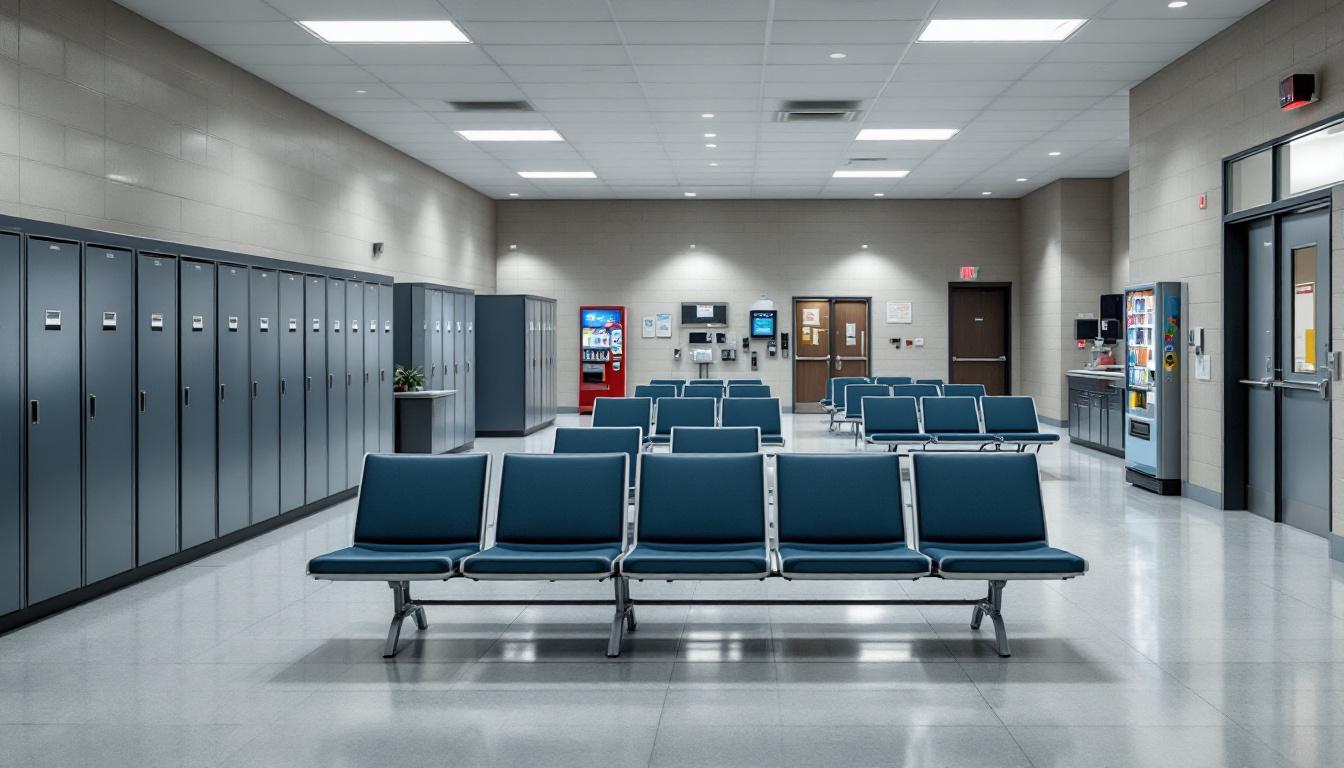
Family connections serve as a vital anchor for those incarcerated at Broward County Main Jail, helping maintain essential bonds during their time at the facility. The structured environment currently provides multiple opportunities for social interaction and community building among residents. Daily routines continue to emphasize both personal responsibility and group activities that foster connections.
Living accommodations typically house multiple individuals in shared housing units, creating natural opportunities for peer support and social interaction. Those incarcerated generally participate in communal dining arrangements that furnish structured mealtimes and social engagement. In addition to this, recreational activities and exercise periods allow residents to maintain physical wellness while building relationships with others in similar circumstances.
Programming schedules may include work assignments within the facility that provide structure and purpose to daily routines. Visitation policies typically allow family members and approved visitors to maintain regular contact, while communication options often include phone privileges and correspondence. Despite this structured environment, those incarcerated usually have access to commissary services for personal items and may participate in educational or counseling programs that help prepare them for eventual reintegration into the community.
Ready to Connect?
Start communicating with your loved one today
Search for an Inmate
